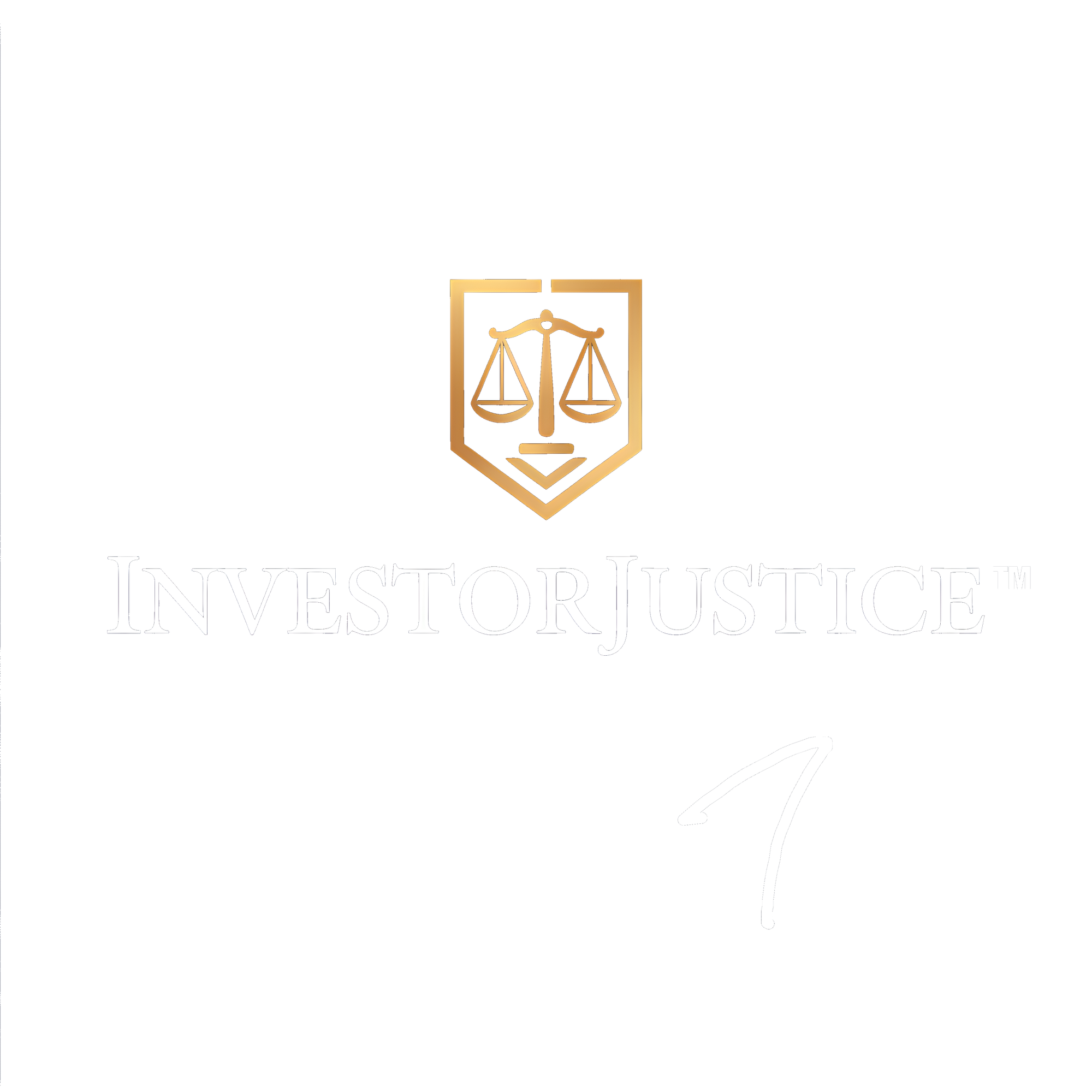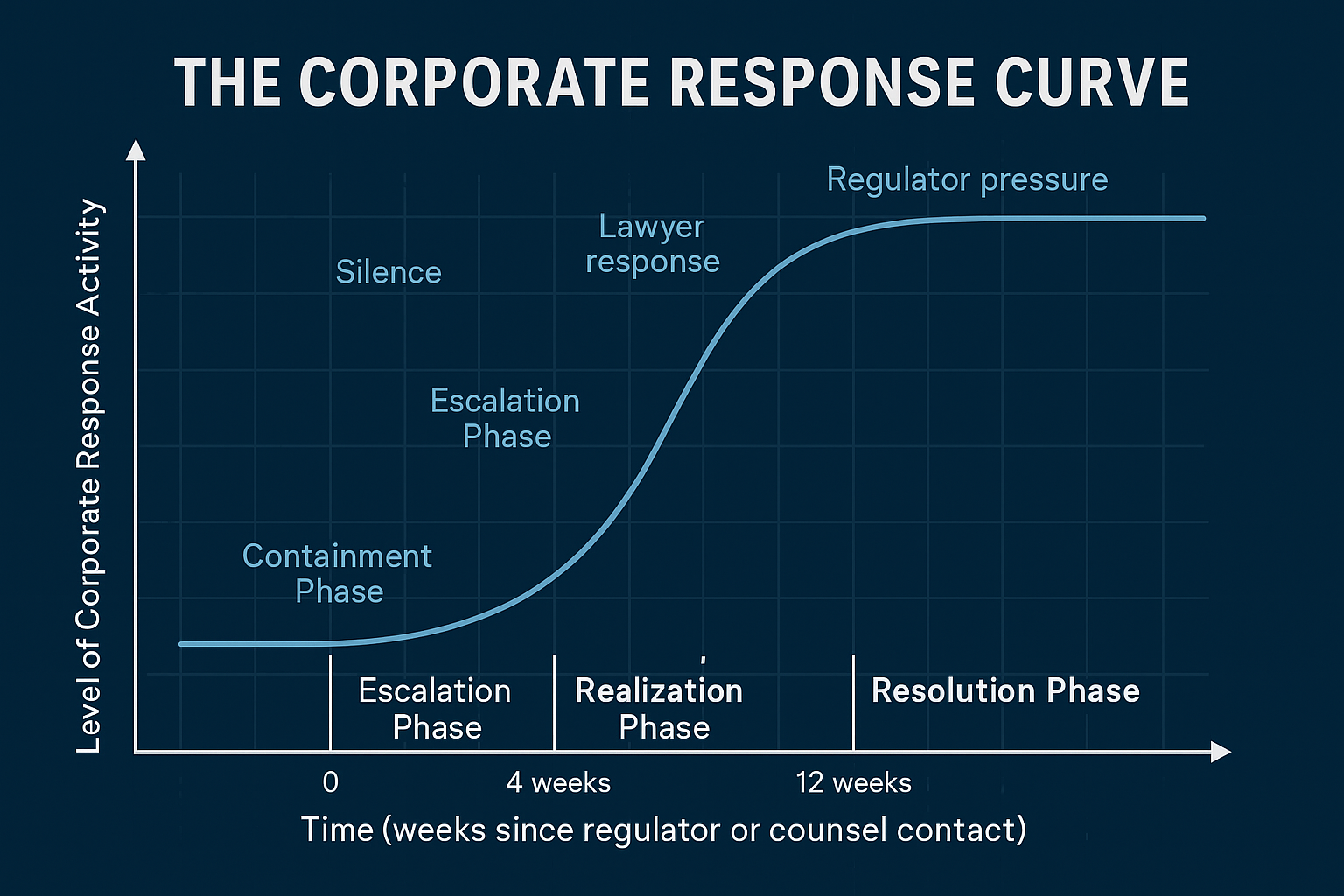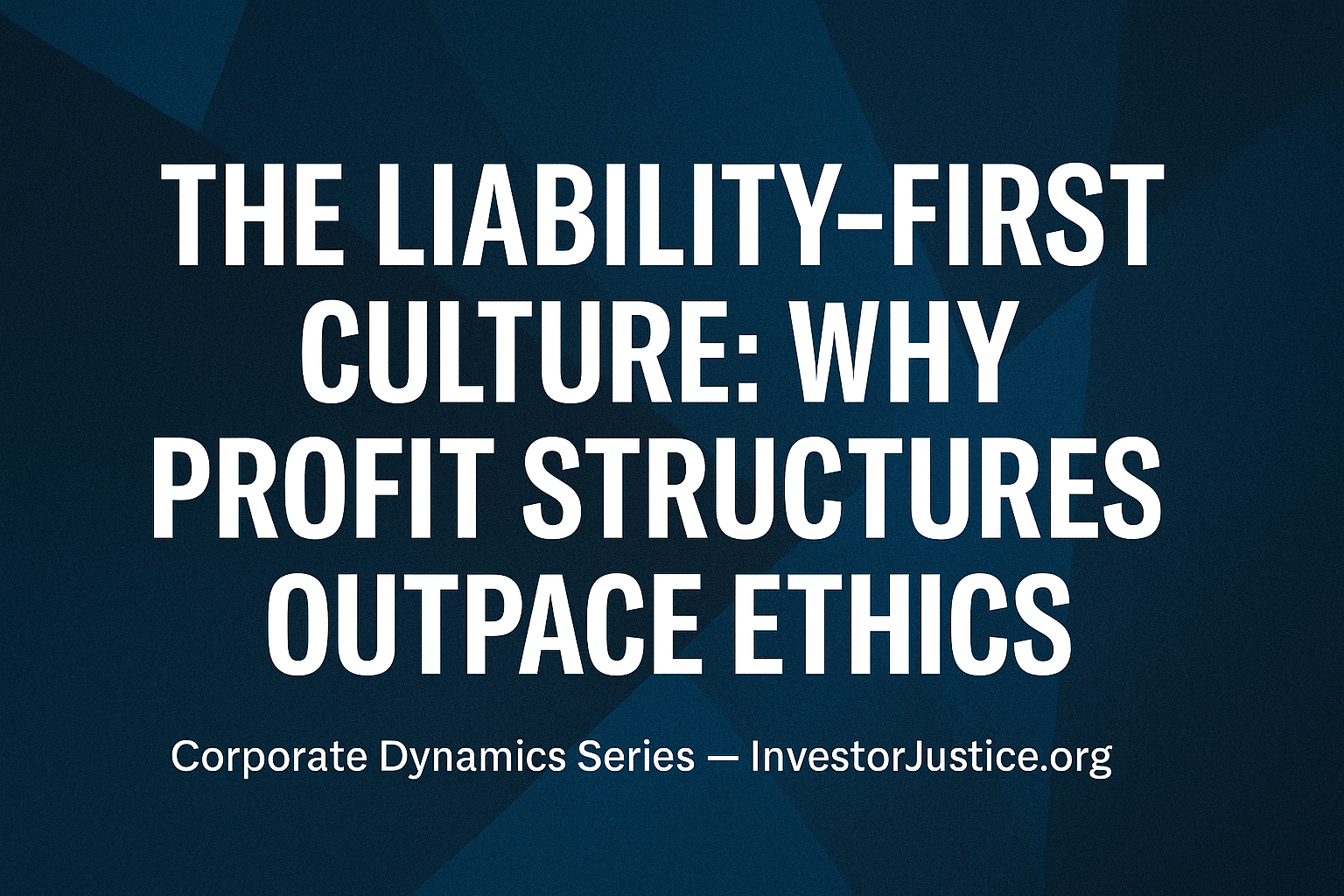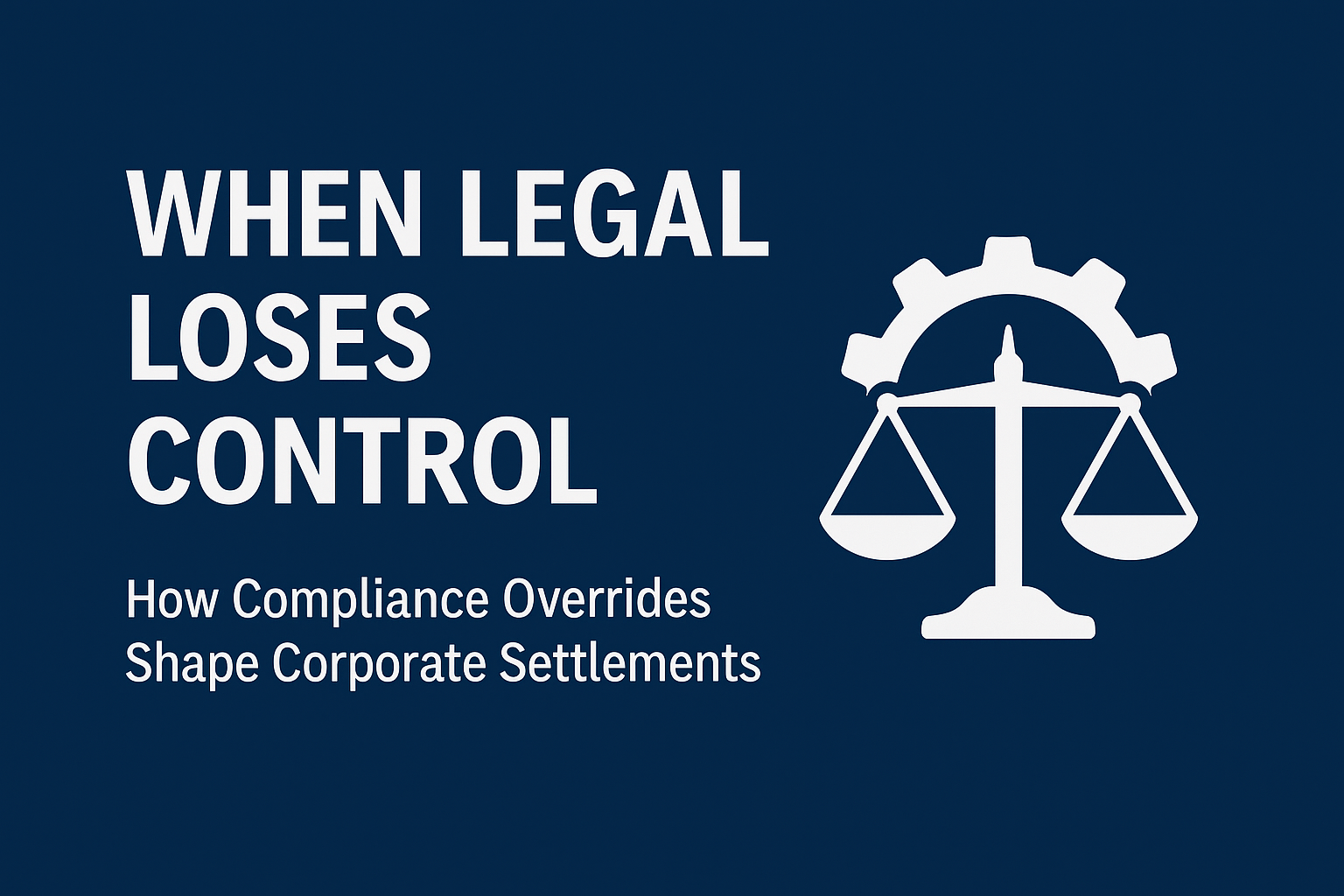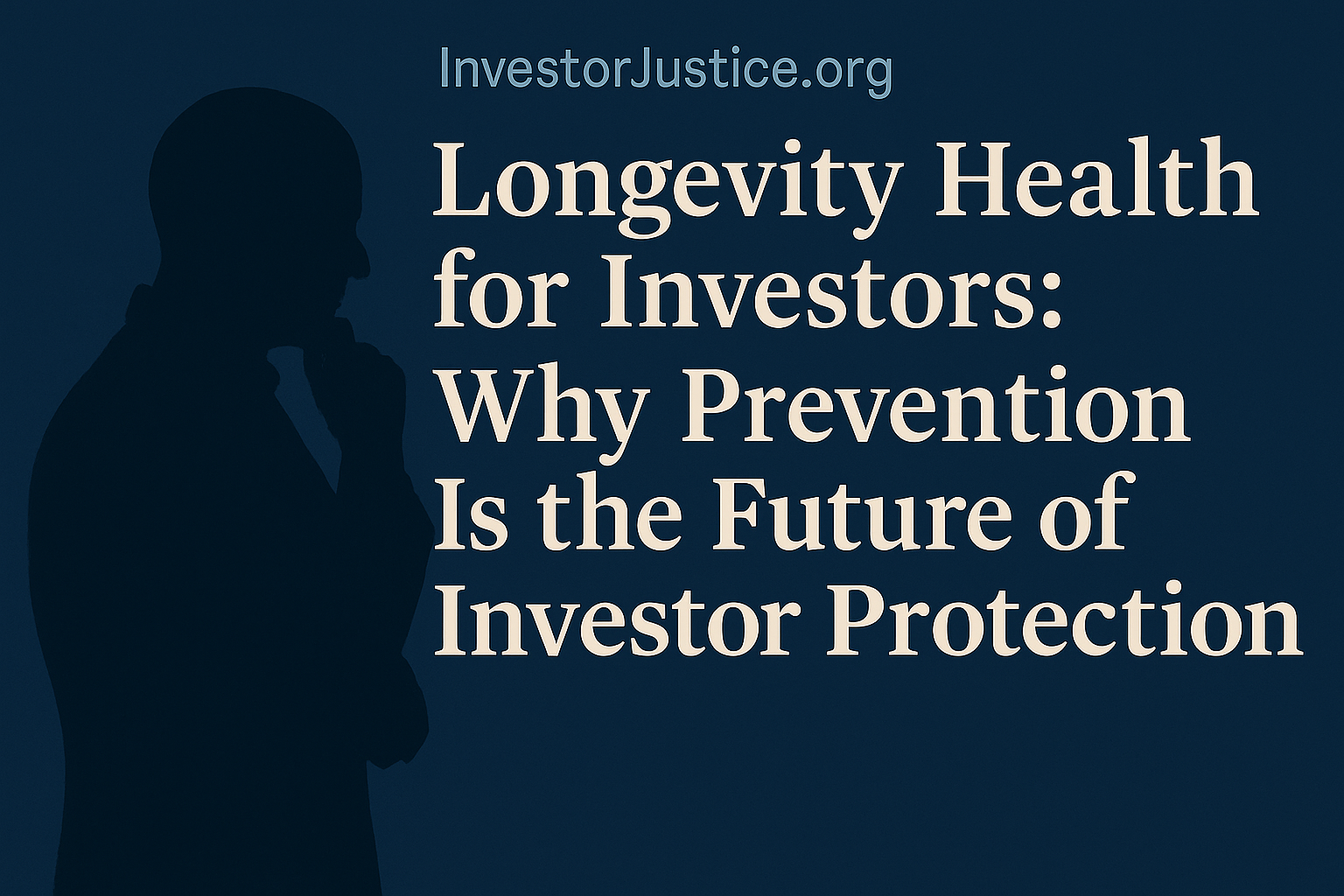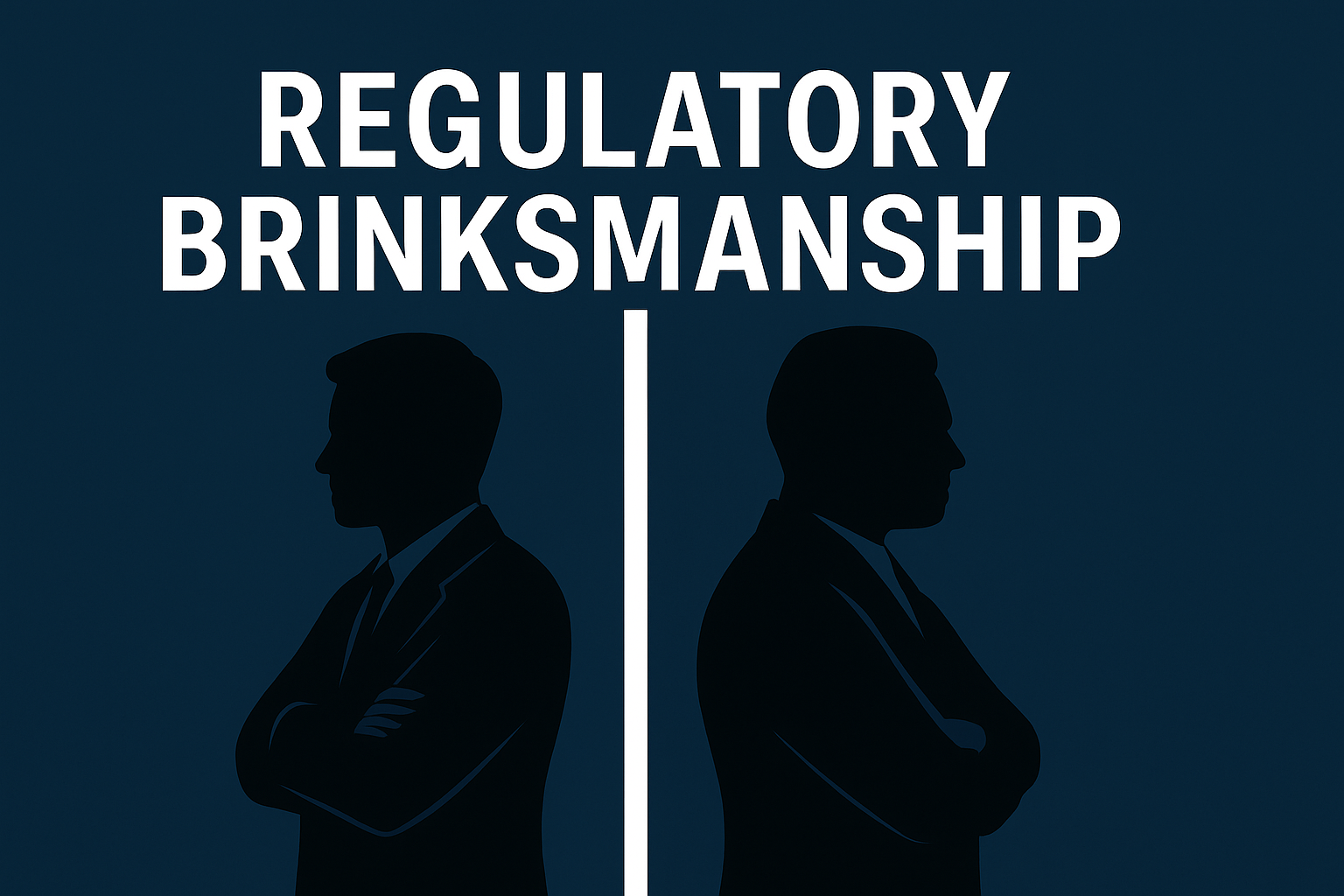Table of Contents
Understanding the behavioral trajectory of corporations facing regulatory exposure.
The Corporate Response Curve
A visual model of denial, delay, and eventual accountability, mapping how organizations respond under the weight of regulatory scrutiny.
Containment Phase
Behavior: Dismiss, deflect, deny.
Legal and PR teams enforce message control while executives stay insulated.
Typical Response:
“We have no record.”
“This matter falls under another jurisdiction.”
Goal: Delay acknowledgment and preserve plausible deniability.
Escalation Phase
Behavior: Evidence accumulates; internal awareness rises.
Outside counsel begins to feel pressure from peers or regulators.
Typical Response:
“We are reviewing internally.”
“We’ll revert shortly.”
Goal: Buy time while assessing exposure.
Realization Phase
Behavior: Leadership becomes directly aware; the legal firewall collapses.
Compliance and risk teams begin advising for damage control.
Typical Response:
“We take this seriously.”
“We’re working cooperatively with authorities.”
Goal: Contain fallout, preserve executive control.
Negotiation Phase
Behavior: Settlement overtures begin.
Leadership decides cooperation is cheaper than escalation.
Typical Response:
“We are in discussions to resolve this matter.”
Goal: Regain control through limited transparency.
Resolution Phase
Behavior: Settlement or enforcement concludes.
Focus shifts to reputation repair and narrative management.
Typical Response:
“We’ve learned valuable lessons.”
“We remain committed to transparency.”
Goal: Restore investor and public trust while minimizing damage.
Interpretation
The curve highlights a universal pattern in corporate psychology:
- Flatline Silence = overconfidence and legal insulation
- Sharp Inflection = knowledge exposure and loss of plausible deniability
- Plateau of Engagement = self-preservation through cooperation
Civic Lesson:
Silence doesn’t mean stability, it often means escalation behind closed doors.
The sooner institutions embrace transparency, the gentler the curve.
